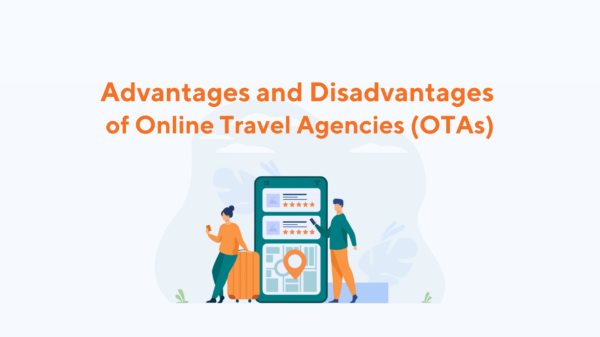
There are many tools available for demonstrating your involvement in social media and your comfort with customer engagement. Many of these tools you are probably already using without even thinking about it. Let’s take a look at a few of the the tools/sites that you can use to demonstrate your expertise:
- Facebook – Focus on your Facebook page and avoid creating a Facebook profile for your business. You will want to focus as much attention on the business as possible and since the Fan page is publicly accessible, it will provide the greatest search benefit. Feel free to syndicate your blog posts through your Fan page but try to create content that is relevant just to the Fan page as well. This might include asking questions of your fans or updating on Facebook only specials or promotions. Since you will have a fairly low fan base to begin with, you will need to make it more enticing for people to become fans by inviting them directly or giving them an incentive for joining. Invite your customers to post their own comments, recommendations, or tips. Because Facebook fan pages are publicly accessible, I recommend you post photos and videos to the fan page first. Although Flickr is more photo oriented, we are not necessarily talking about high quality photos, these are for sharing purposes.
- Twitter – Similar to the Facebook fan page, your Twitter account should not be used exclusively for delivering notifications of content posted on your blog site. Use your stored searches in Twitter to find out what people are talking about with regards to your preferred subjects and use your twitter account to respond to tweets from other users. This engagement will show that you are both listening and responding to customer (and potential customer) requests in the channel. When you contact customers via phone, email, or through the web, be sure to ask them to follow you on Twitter. WestJet has a weekly event called “Winglet Wednesday” where customers tweet their photos of WestJet winglets. The event has become a very popular part of the twitter experience. The idea is to build interest by providing unique content that is geared towards the audience on Twitter rather than simply re-hashing existing content.
- Instagram – For millenials especially, Instagram is the platform of choice for sharing photos and videos. Tour and activity operators are a great candidate for Instagram because of the nature of the work that they do. Your customers are taking photos and sharing them on Instagram already so encourage them to follow your brand and hashtag their photos when they are on tour with you.
- LinkedIn – B2B social networks are particularly well suited to organizations that are selling to businesses. There are a number of groups and sub-networks within LinkedIn that may be of interest to you. If the principals of your business do not have LinkedIn memberships, I highly recommend they create profiles. Use the tool to create connections with existing partners, vendors, and even customers. The opportunity to participate in groups will present itself, but you will want to establish your profile first before trying to market the business.
- BuddyPress – Another option to creating your own social network is to use BuddyPress, which is a plug-in to WordPress. BuddyPress uses the existing blogging platform can allow your members to write their own posts and articles as well as message each other and create a profile page. Although BuddyPress is a free opensource platform, the installation and set-up can vary in complexity.
I recommend that you focus on the the primary accounts and add only where you feel the addition is valuable to your brand or reputation. In the case of existing accounts, make sure that each account has a link back to your primary website. At the very least, these existing memberships should be driving traffic back to your main website. If the account has no way to link back, then leave it for now. Remember that the quality of interaction is more important then the quantity. Having a few social media channels that are well used and popular is more productive and will have more impact on your business then created profiles on a hundred different sites.
You’ll begin to see results right away with the demonstration phase. Because this phase is all about engagement and communication, you will be actively communicating with customers, vendors, or partners using the various social channels you have created. Whether you are responding to a message on Twitter, a wall post on Facebook, or a group message in LinkedIn, you will see the responses almost immediately and you will be able to gauge how engaged your customers are in the arenas in which you choose to engage with them.





